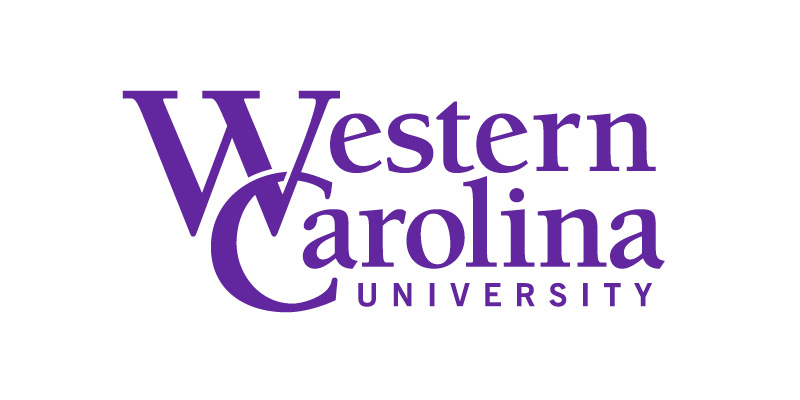Where Did Scholarly Journals Come From?: Printing and the Republic of Letters in Seventeenth-Century Europe
Robert Manzo, Western Carolina University
“From the outset [of the invention of printing], a few scholars experimented with making the new craft into a tool for learning.”
– Adrian Johns1
Despite scholars’ early interest in the printing press, scholarly journals appear to be a product of seventeenth-century, not fifteenth-century, Europe. Changes in the printing industry, language use, and intellectual culture in Europe converged in that century to make journals a commercially viable product and a desirable way for scholars to share knowledge. Printing became a more streamlined business by the mid-sixteenth century, as European printers found ways to better manage the expenses of running a print shop. Paper, the major expense, made up two-thirds of a book’s production costs. In response, by the 1560s the prominent printer Henri Estienne of Paris, for instance, shrewdly bought one “mill’s entire paper stock for eight years at a rate of 1000 reams a year.”2 Estienne’s purchase of an entire mill’s future output is an early instance of industrial-capitalist business strategy. Estienne gained control over part of the supply chain, ensuring uninterrupted production and profit. Furthermore, by the late sixteenth century, the largest print shops (like Estienne’s) enjoyed the patronage of Europe’s wealthiest families, such as the Fugger mining family of Augsburg and the Medici banking family of Florence (often representing the Pope).3 In securing a steady supply chain of materials and the financial backing of wealthy patrons, printers in late sixteenth-century Europe made printing an economically viable activity on a large scale, capable of uninterrupted mass production of printed material.
Developments in language use and intellectual culture in Europe also mattered for the emergence of scholarly journals. In England, France, and Germany in the seventeenth century, a group identity coalesced around “specific learned professions” such as university professors, court historians, and librarians.4 The legacy of Renaissance humanism and the rising prestige of empirical science united scholars in a mission both to preserve old and create new knowledge. Professionals such as the court scholar Francis Bacon in England, the librarian Gabriel Naudé in France, and Gottfried Leibniz in Germany—the last variously a diplomat, librarian, and court historian—began, in the seventeenth century, to see themselves as part of an international community of “information brokers” and “knowledge managers.” Their goal was to build a collectively pursued and cumulative body of scholarship that would add up to a “universal knowledge” encompassing all possible areas of human learning. In their own time, this group of men (almost all were men) were known as “men of letters.” They belonged to a so-called Republic of Letters, an imagined fellowship of scholars pursuing universal knowledge. In addition, the shift from classical Latin to vernacular French as the preferred “language of the inhabitants of the literary Republic… [in] the seventeenth century” opened up both the reading and writing of the Republic’s scholarship to a wider set of people.5 After adopting a cohesive sense of identity and a vernacular language, men of letters in seventeenth-century Europe next needed a means by which to share their scholarly work with one another: the scholarly journal.
The “learned journal” came into its own “in the 1660s with the Journal des Savants in Paris and the Philosophical Transactions of the Royal Society of London.”6 Learned societies, crucially, could share printing costs among its own members—rather than rely on one wealthy patron or a small group of aristocrats—which gave journal editors greater control over content and frequency of issue. Yet for the Royal Society, although King Charles II was a major patron, the Philosophical Transactions apparently remained underfunded. Henry Oldenburg, the journal’s founding editor, paid out-of-pocket for the first few years of printing costs. As a teacher, translator, and writer, he was far from wealthy and probably paid because he believed in the journal’s purpose.7 After four years the Society began to reimburse him, and in 1750 an official decision shifted the burden of costs from the editor to “the Society, as a body.” Thus the older tradition of aristocratic or royal patronage as well as individual member payment and collective cost-sharing were all ways that men of letters, as an intellectual community, financially supported scholarly journals and the circulation of scholarly information.
A final comment from cultural historian Peter Burke captures the growth and impact of the scholarly journal in seventeenth- and eighteenth-century Europe: “The press, especially the periodical press… made an increasingly important contribution to intellectual life in the eighteenth century, contributing to the spread, the cohesion and the power of the imagined community of the Republic of Letters. No fewer than 1,267 journals in French are known to have been founded between 1600 and 1789, 176 of them between 1600 and 1699 and the rest thereafter.”8 Today, scholarly journals still join together communities of scholars within and across disciplines.
1 Adrian Johns, “The Coming of Print to Europe,” in The Cambridge Companion to the History of the Book, ed. Leslie Howsam (New York: Cambridge University Press, 2015), 120.
2 Lisa Jardine, Worldly Goods: A New History of the Renaissance (New York: W.W. Norton, 1996), 163.
3 Jardine, 96-98, 152, 174.
4 Peter Burke, A Social History of Knowledge: From Gutenberg to Diderot (2000; reprint, Malden, MA: Polity, 2008), 25-27.
5 Elizabeth L. Eisenstein, The Printing Revolution in Early Modern Europe (1983; reprint, New York: Cambridge University Press, 1999), 98-99.
6 Burke, 169.
7 R.K. Bluhm, “Henry Oldenburg, F. R. S. (c.1615-1677),” Notes and Records: The Royal Society Journal of the History of Science 15, no. 1 (1960), 187, 192.
8 Burke, 48.
